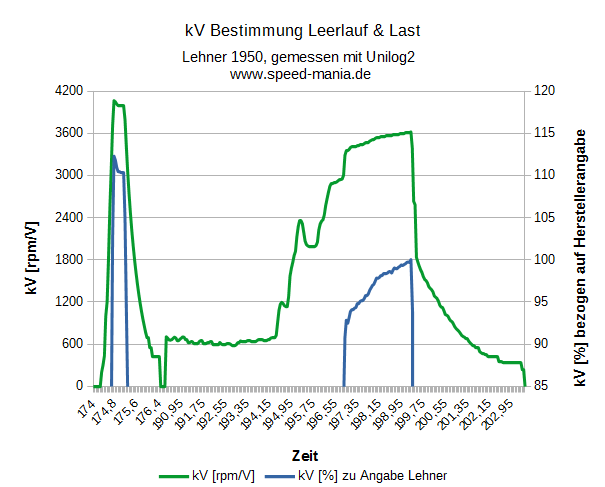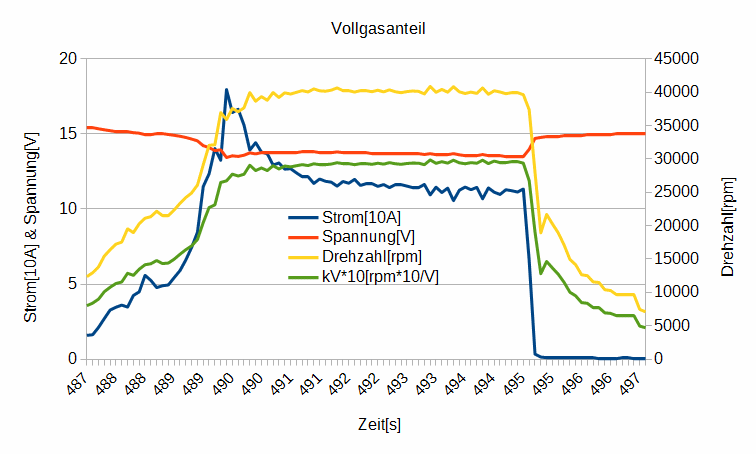I am wanting to get feedback from people on different mathematic formulas that I have found over the years that help determine different aspects of Boats. Please chime in if you agree with the equations or if you think the formulas are somehow flawed.
#1 I once saw a formula that said an electric boat needs 150 watts of power per lb. I was corrected on that through one of these forums to say that number should be more like 230 watts per lb. A bit more research showed that a full scale (30', 6800lbs, 3000 hp) Unlimited hydroplane has a ratio of about 329 watts per lb and they achieve speeds of around 200 mph.
#2 To figure out the wattage my motor is putting out, I found the maximum wattage and the maximum voltage. I figured the percentage of voltage I was running based on battery cell count and resulting voltage. I divided the voltage being used by the maximum voltage to find what percentage of the maximum I was utilizing. Then I multiplied the decimal equivalent of the provided voltage by the max wattage of the motor to find out the amount of power I should expect the motor to put out.
#3 Speed is a formula of (Volts x kv of motor = rpm)(rpm x pitch of prop=inches per minute)( inches/min x 60= inches per hour)(Inches/hour %12 = feet per hour) (Feet/hour / 5280 = miles/hour) ( miles/hour x .8 (20% prop slip) =actual speed of boat.
#4 Amp draw (Watts / volts = amp draw)
Like I mentioned, I am actually looking for feedback on how reliable or accurate these formulas are. I am hoping that if you have feedback, that it is more than "no that is wrong", please feel free to add a different formula and explanation as to why one is right and the other wrong.
#1 I once saw a formula that said an electric boat needs 150 watts of power per lb. I was corrected on that through one of these forums to say that number should be more like 230 watts per lb. A bit more research showed that a full scale (30', 6800lbs, 3000 hp) Unlimited hydroplane has a ratio of about 329 watts per lb and they achieve speeds of around 200 mph.
#2 To figure out the wattage my motor is putting out, I found the maximum wattage and the maximum voltage. I figured the percentage of voltage I was running based on battery cell count and resulting voltage. I divided the voltage being used by the maximum voltage to find what percentage of the maximum I was utilizing. Then I multiplied the decimal equivalent of the provided voltage by the max wattage of the motor to find out the amount of power I should expect the motor to put out.
#3 Speed is a formula of (Volts x kv of motor = rpm)(rpm x pitch of prop=inches per minute)( inches/min x 60= inches per hour)(Inches/hour %12 = feet per hour) (Feet/hour / 5280 = miles/hour) ( miles/hour x .8 (20% prop slip) =actual speed of boat.
#4 Amp draw (Watts / volts = amp draw)
Like I mentioned, I am actually looking for feedback on how reliable or accurate these formulas are. I am hoping that if you have feedback, that it is more than "no that is wrong", please feel free to add a different formula and explanation as to why one is right and the other wrong.
 in leads to
in leads to  and the worst data you can get is data on RC-components.
and the worst data you can get is data on RC-components.



Comment